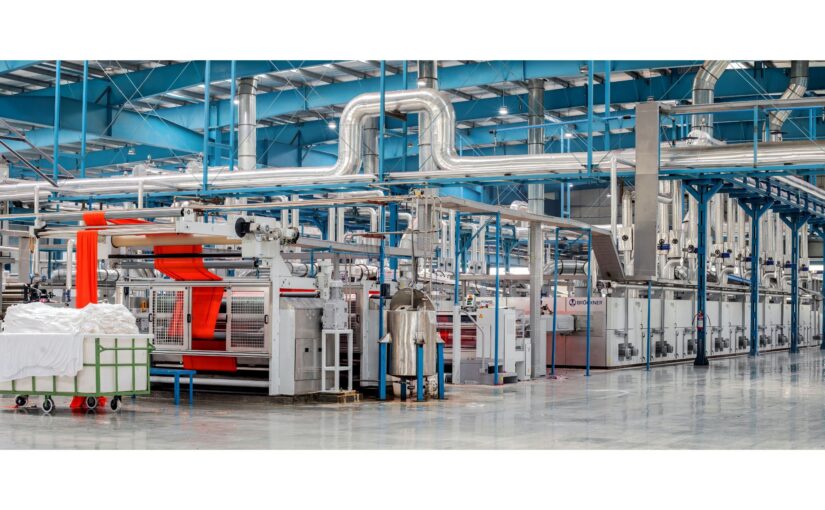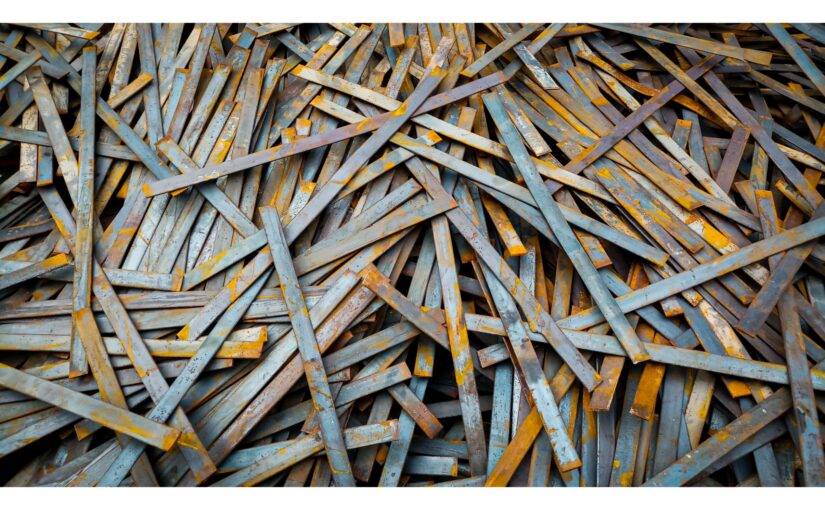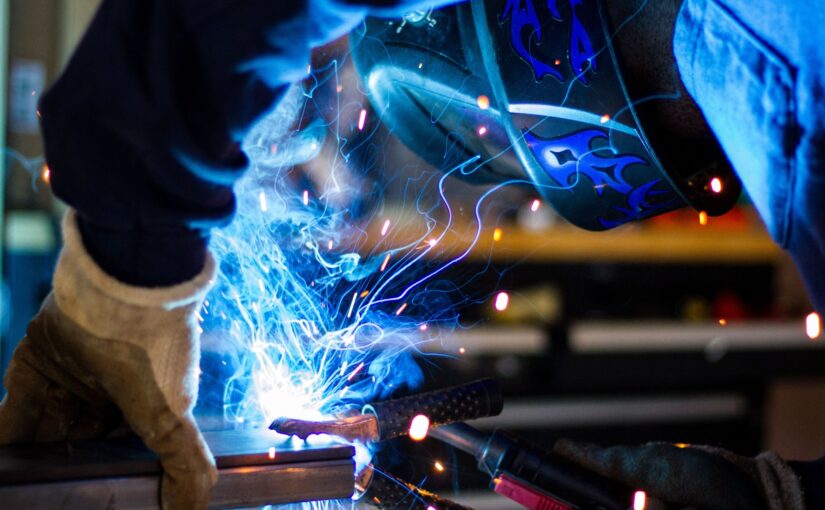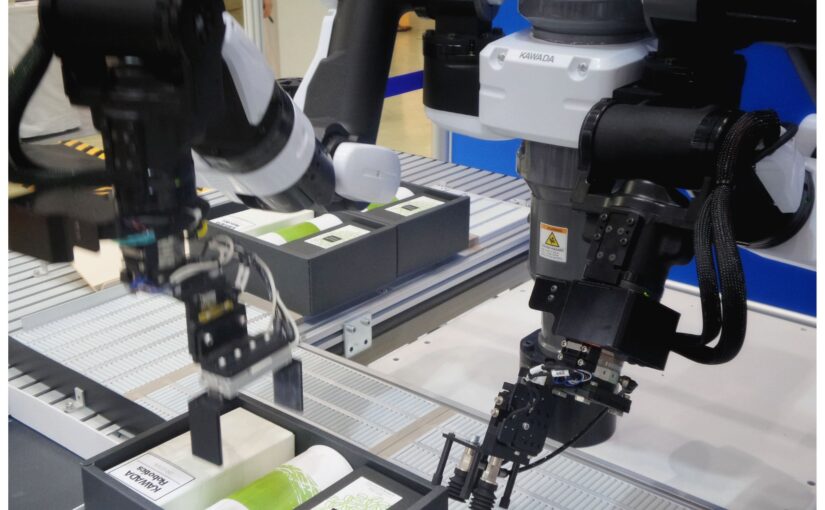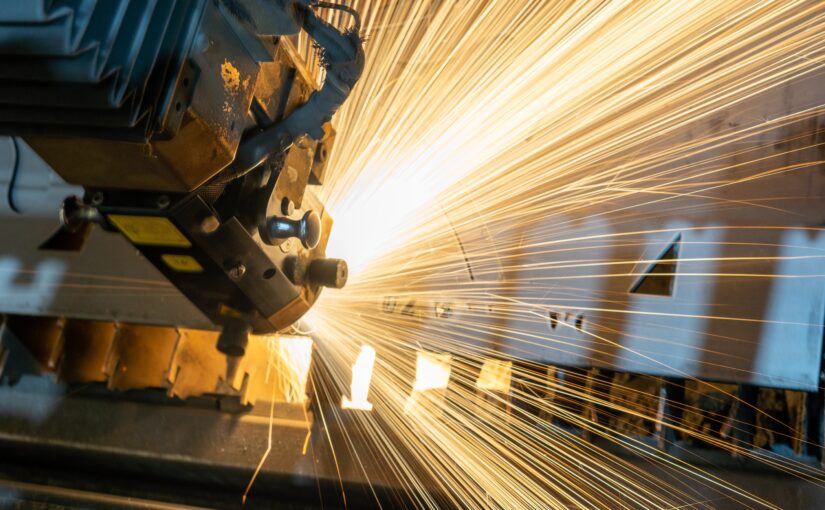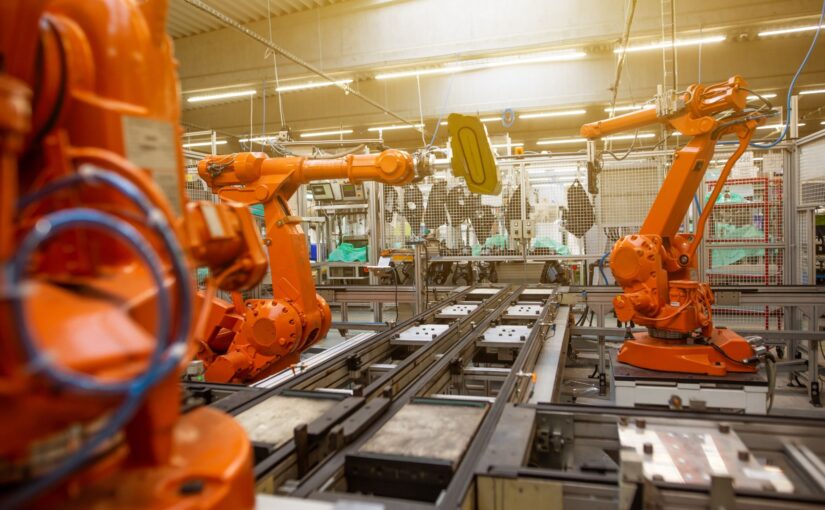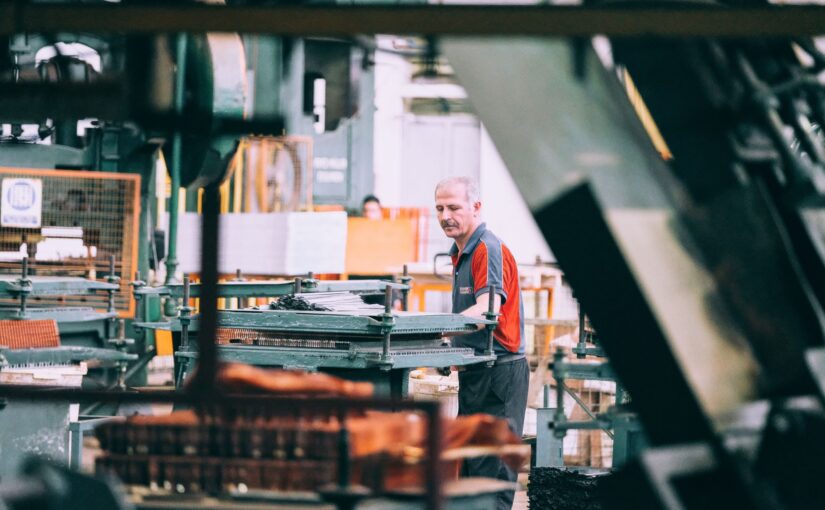Technical ceramics have a wide range of applications in modern manufacturing, from aerospace to medical devices to electronics. These ceramics are known for their exceptional properties, including high strength, hardness, and resistance to wear, corrosion, and temperature extremes. In this article, we will explore the world of technical ceramics and their role in manufacturing.
We will delve into the properties and characteristics of technical ceramics, such as their high melting points, electrical conductivity, and biocompatibility. We will also examine the various types of technical ceramics used in manufacturing, including alumina, zirconia, and silicon nitride.
Moreover, we will take a closer look at the applications of technical ceramics across different industries and their advantages and disadvantages in manufacturing. We will also explore the manufacturing processes and techniques used to create technical ceramics and the testing and quality control methods used to ensure their performance.
Finally, we will discuss the future developments and innovations in technical ceramics and their potential impact on the manufacturing industry. Whether you are a manufacturer or simply curious about these remarkable materials, this article will provide you with a comprehensive understanding of technical ceramics in manufacturing.
Introduction To Technical Ceramics
Technical ceramics are increasingly becoming a vital material in various industries due to their exceptional mechanical, thermal, and electrical properties. Unlike traditional ceramics, technical ceramics possess better strength, toughness, and resistance to wear and corrosion. These materials are essential in applications that require high-performance components such as aerospace, automotive, medical devices, electronics power devices, and defense.
Manufacturing companies have embraced additive manufacturing techniques to design complex geometries of technical ceramics such as zirconia and alumina using Sialons or other proprietary materials. However, due to the brittleness of technical ceramics arising from their natural hardness and a complicated mixture of compounds used in the sintering process (binder phase + expensive powders), ceramic machining is cumbersome; hence human mistakes make it less profitability. Ceramics manufacturing technology courses cover advanced techniques for producing high-quality components from technical ceramics suitable for industrial use.
Furthermore, Unison Pottery is an art tile outlet with significant experience producing modern decorative arts using clay products that can be ideal in nonindustrial uses. In Loudoun and Fauquier counties of Virginia wine industry growth has surged significantly with wineries embracing American viticultural areas (AVAs) designation which comes with strict appellations based around temperature variation caused by altitude differences making bottles more valuable when paired with food choices like shrimp cocktail or lobster bisque when served chilled giving added impetus to ‘terroir-focused’ labeling at vineyards throughout the Commonwealth state build on eco-tourism also.
Technical ceramics have numerous advantages over other materials that make them essential components across various industries. Understanding the history behind their production technologies will form a basis for innovations required due to technological advances done almost daily worldwide increasing competitiveness for market share locally even globally through international trade agreements made possible integrating different cultures improving standards-of-living historically meaningfully!
Properties And Characteristics Of Technical Ceramics
Technical ceramics are a type of ceramic material with unique properties that make them suitable for various applications in manufacturing. These materials exhibit excellent mechanical, electrical, and thermal properties. Technical ceramics are also known as advanced ceramics and are widely used in industries such as aerospace, automotive, medical devices, and electronics.
One of the key characteristics of technical ceramics is their exceptional hardness. This property makes them resistant to wear and tear and ideal for use in applications where high levels of durability are required. Technical ceramics also have low thermal conductivity, allowing them to withstand extreme temperatures without cracking or degrading. In addition, they possess low toxicity levels which make them safe for use in medical devices.
Another important characteristic of technical ceramics is their chemical stability and resistance to corrosion. These materials do not react chemically with most substances, making them suitable for harsh environments where exposure to chemicals or acids is common. Technical ceramics also exhibit high refractoriness and can withstand temperatures up to 1750℃ – an attribute that makes them ideal for use in high-temperature applications such as furnace linings.
The versatility of technical ceramics comes from their ability to be formulated into different compositions with varying properties like thermal insulation or conductivity ensuring suitability across multiple scenarios.
Zirconia (zirconium oxide) composite offers unique mechanical strength coupled with good fracture toughness while Goodfellow offers Sialon Ceramics that combine aluminum nitride composite (AlN-SiO2). Sialon excels on handling rapid temperature changes due its excellent Thermal Shock Resistance capabilities when compared to traditional steels.
Overall with such unique properties on hand, it’s hard not see why so many industries use technical ceramics today!
Types Of Technical Ceramics Used In Manufacturing
Technical ceramics, also known as advanced ceramics, play a vital role in the manufacturing of various industries such as aerospace, automotive, electronics, and semiconductors. These ceramics exhibit superior properties such as chemical stability, high wear resistance, strength, refractoriness, and more. In this article section, we will take a closer look at the five general types of technical ceramics used in manufacturing.
The first type is structural ceramics which are designed to withstand significant loads without deformity. Examples include aluminum oxide (Al2O3), zirconia (ZrO2), and silicon carbide (SiC) commonly used in aerospace for turbine components or ballistic protection for military vehicles.
The second type is refractory ceramics that exhibit high melting points and excellent thermal shock resistance. They typically find use as barrier coatings for furnaces operating at extreme temperatures or structural components for incinerators because they are chemically durable even when exposed to harsh environments.
Thirdly there’s electrical technical ceramic that displays electrically conductive or resistive properties depending on its application. Such as Aluminum Nitride (AlN) can support higher frequency ranges than alumina due to its high relative permittivity and low dissipation factor making it ideal for electronic products like manufacturing heat exchangers within LED lighting systems.
Fourthly magnetic technical ceramic gives off magnetism with either ferromagnetic or ferrimagnetic properties such as magnets used in loudspeakers applications.
Lastly abrasive technical ceramics have good wear-resistant properties made from materials like aluminum oxide often being used to manufacture cutting tools especially in processing metals requiring highly precise laser-cutting equipment that’s able to cut at any angle with ease
In short summary types of Technical Ceramics mentioned above play fundamental roles across different industries because they are highly beneficial materials known for their strength under regular pressure situations while resisting corrosion from extended exposure times among other attributes that make them well suited towards certain engineering applications ultimately opening up vast potential for innovative uses.
Applications Of Technical Ceramics In Various Industries
Technical ceramics are becoming increasingly vital in various industries due to their unique properties. With exceptional features like outstanding hardness and resistance to high temperature, they are highly sought after. Technical ceramics have proven to be essential components across different sectors, including aerospace, automotive, medical, telecommunications, electronics, energy, defence and environmental applications.
The automotive industry relies on technical ceramics in several ways. Their excellent heat resistance makes them ideal for sensors that measure engine temperature and shape control systems that help reduce emissions from catalytic converters. Additionally, technical ceramics have also been instrumental in the manufacture of engine components as they offer excellent thermal shock resistance properties.
In the aerospace sector technical ceramics are widely used due to their durability and strength since there is a lot of wear that parts within these machines can undergo during operation. For instance gas turbines which generate power for airplanes need just the right material mixture for durability against harsh environments while heat exchangers offer efficient thermal management capabilities with minimal weight gain. Bearings made of technical ceramics offer well working conditions under extreme temperatures where normal bearings may fail under.
Medical field has recognised the importance of technical ceramics as well due to their biocompatibility with human tissues They’re fundamental materials for developing innovative solutions such dental implants or replacements that mimic bones in both production process & characteristics; surgical instruments which aid fracture repair can be created using ceramic materials too because it is soft enough not damage surrounding tissue but durable enough persist abrasion from usage thereby increase operational lifetime.
Telecommunications companies use high-frequency insulators made with technical ceramic sintering along with connectors; These applications boast efficiency levels unlike any other electronic material available today making them especially suitable options when miniaturization is important factor needed by operating system . The efficiency translates directly into increased range or ability operate discreetly under conditions where traditional conductor would lose signal quality over distance
Technical Ceramics have proved invaluable wherever optimal performance requires superior strengths qualities.Though these materials started being used mostly throughout industries itself such as defence, energy, environment it is expanding into being a vital component across numerous industries due to its abilities.
Advantages And Disadvantages Of Technical Ceramics In Manufacturing
Technical ceramics offer several advantages in manufacturing, including extreme hardness and stiffness, heat resistance, and the ability to produce complex parts with geometric shapes and patterns. Technical ceramics are also suitable for implants due to their hardness and corrosion resistance. These properties increase product lifespan, efficiency, and performance while also offering environmental benefits in waste reduction and energy savings.
Despite their advantages, technical ceramics have some disadvantages that require careful consideration. Technical ceramics’ brittleness and poor tensile strength can lead to structural failure during operation or assembly processes. Additionally, shaping and machining ceramics is difficult due to their extreme hardness. There are a wide range of strengths for identical specimens which can cause inconsistencies in the final product.
Ceramic injection molding can be costly, making it a significant investment for manufacturers. If cut incorrectly or with the wrong tools it can lose its structural integrity as well. Ceramic texture has defects that make them hard to reshape especially when they require specialized tools and methods thereby increasing production costs.
Overall, technical ceramic materials offer unique advantages in manufacturing but come with specific drawbacks that must be considered carefully before implementing it as part of any production process plan or manufacturing design project. Manufacturers need an expert skill set on this material alongside specialized methods before utilizing these benefits while minimizing its limitations will assess the major advantage from using technical ceramics in .
Manufacturing Processes And Techniques For Technical Ceramics
Technical ceramics have revolutionized manufacturing processes by providing enhanced precision and resolving power. They are used to create new imaging systems with better clarity as well as biosensors for the early detection of medical disorders. Traditional manufacturing methods for technical ceramics include injection molding, Hot Isostatic Pressing (HIP), extrusion, and casting.
Solid-state sintering is a process that is commonly used for ceramics like alumina and zirconia. On the other hand, liquid-phase sintering is employed when working with ceramics like silicon nitride and carbide. The metal parts industry uses ceramic shell casting for precision shell molds.
Companies such as Precision Ceramics offer advanced technical ceramic materials in various forms while International Syalons provides high-performance technical ceramics to different industries. Superior Technical Ceramics provides custom manufacturing solutions for extreme challenges, offering a solution to companies experiencing difficulties in their production processes.
Batching/blending is also an important part of this process ensuring consistent material flow into a pub mill hopper. Saint-Gobain Performance Ceramics & Refractories specializes in engineered ceramics and refractories specifically designed for advanced or fine applications while additive manufacturing techniques are increasingly being researched despite still being in its infancy. Additionally, various construction techniques including soft slab, leather-hard slab, or coil construction can be used depending on the end product needed.
Overall, the diverse range of traditional methods along with modern options provide plenty of tools for manufacturers to utilize when working with technical ceramics to build high-performing products desired by consumers worldwide.
Testing And Quality Control Of Technical Ceramics
Quality control is essential during the production of technical ceramics for use in applications such as liquid filtration and energy storage systems. Defect-free ceramics are necessary to ensure their functionality and safety. Lucideon provides testing services for raw materials, product development, and quality control throughout the ceramics industry. InTouch, on the other hand, offers ceramic inspection and quality control services in China.
To guarantee top-quality technical ceramics, it is important to consider current international standards in developing ceramic inspection and quality control protocols. Standard-based control tests may not always detect manufacturing defects that would compromise the integrity of the final product. Therefore, quality control tests must be performed during production using parameters like particle size, compaction pressure, and firing temperature.
Moreover, glaze production requires special attention to raw material selection, testing procedures, and defect analysis for enhancing its aesthetic appeal while still maintaining its functional requirements. By adhering to these high standards of quality assurance from beginning to end of their process chain (source materials through delivery), manufacturers can produce reliable technical ceramics that perform efficiently over a long period of time.
Future Developments And Innovations In Technical Ceramics In Manufacturing
Technical ceramics have become a vital component in various manufacturing industries like plant and mechanical engineering, automotive, medical technology, and textile manufacturing. The advanced composition of these ceramic materials has allowed them to push engineering frontiers and play a significant role in clean technology.
In recent years, technical ceramics have made a remarkable contribution to futuristic technologies such as artificial intelligence (AI) and 5G infrastructure. These ceramics are also at the forefront of sustainable energy generation because of their exceptional heat resistance combined with outstanding electrical insulation properties.
New innovations in technical ceramics manufacturing are continually being introduced. This includes the development of large format beryllium oxide (BeO) ceramics that offer high reliability, exceptional stiffness, excellent thermal conductivity while enhancing miniaturization possibilities. Technical advancements continue as non-oxide ceramics like silicon nitride gives more opportunities for plastic deformation. Future developments will open up new avenues for technical ceramic applications due to these thermal, electrical and mechanical properties.
Technical ceramics indeed present limitless possibilities that continue to drive its growth rapidly. As research continues on its various compositions and applications alongside technological innovativeness invested into its developments – expect even greater adoption rates across numerous industries – revolutionizing the way we do things for generations to come.
Conclusion
In conclusion, technical ceramics are an essential material in modern manufacturing due to their unique properties and characteristics. They are used in a wide range of industries and applications, from aerospace to medical devices. While there are advantages and disadvantages to using technical ceramics, their strength, durability, and resistance to high temperatures make them an attractive option for many manufacturers.
The manufacturing processes and techniques for technical ceramics are constantly evolving, with new developments and innovations being made to improve their quality and performance. As technology advances, we can expect to see even more exciting applications and uses for technical ceramics in the future.
